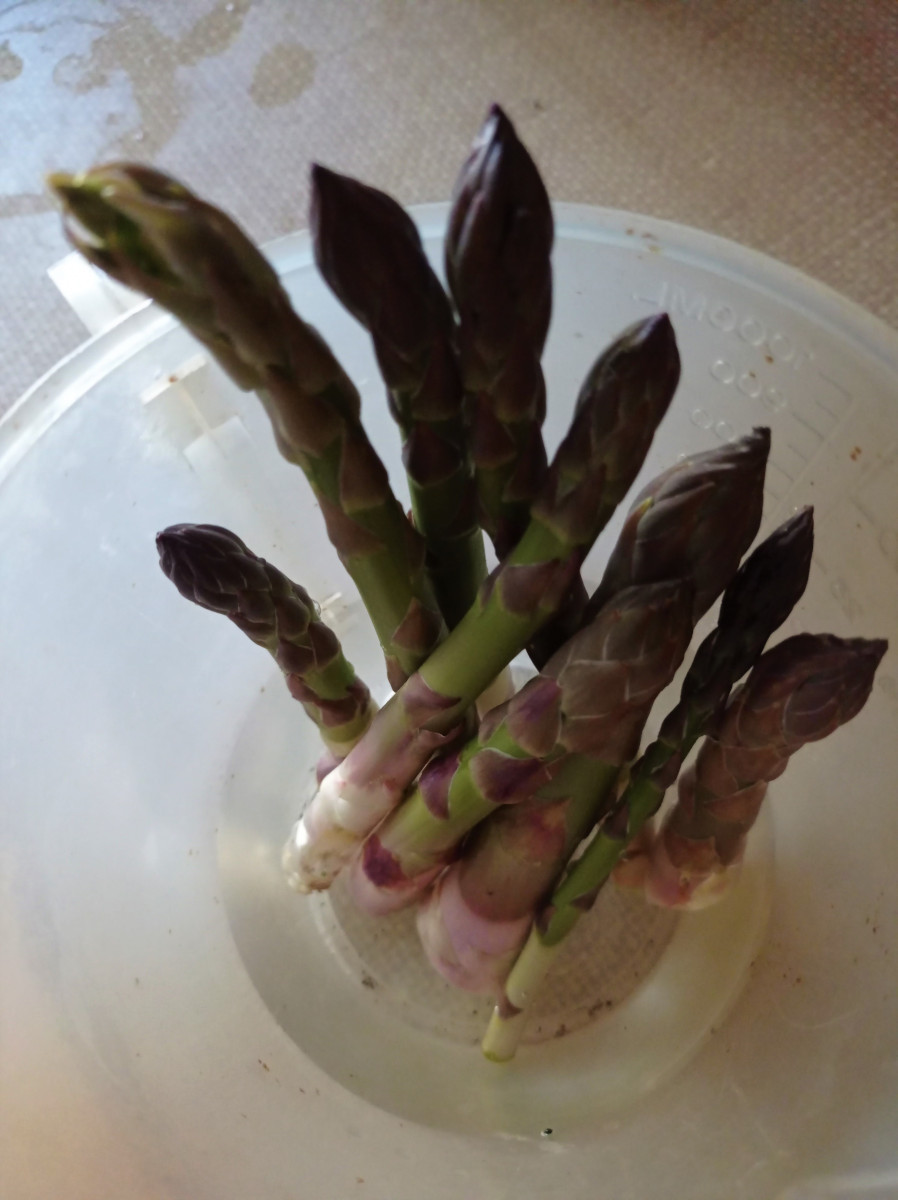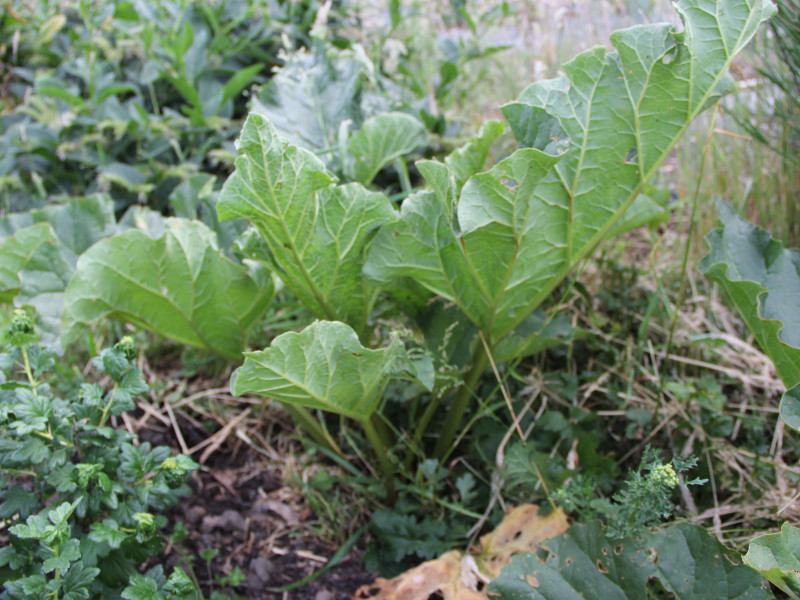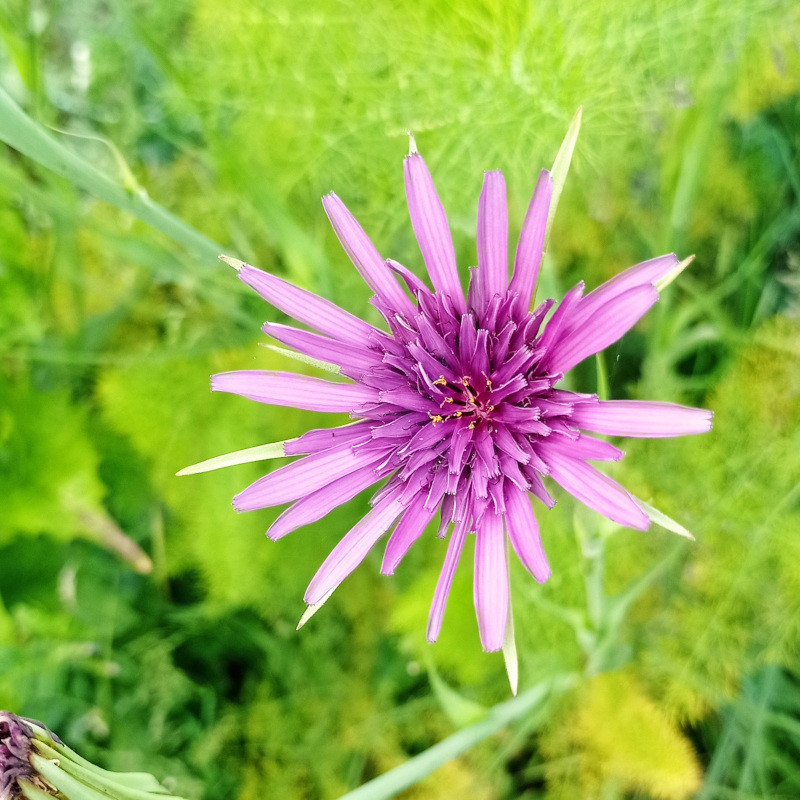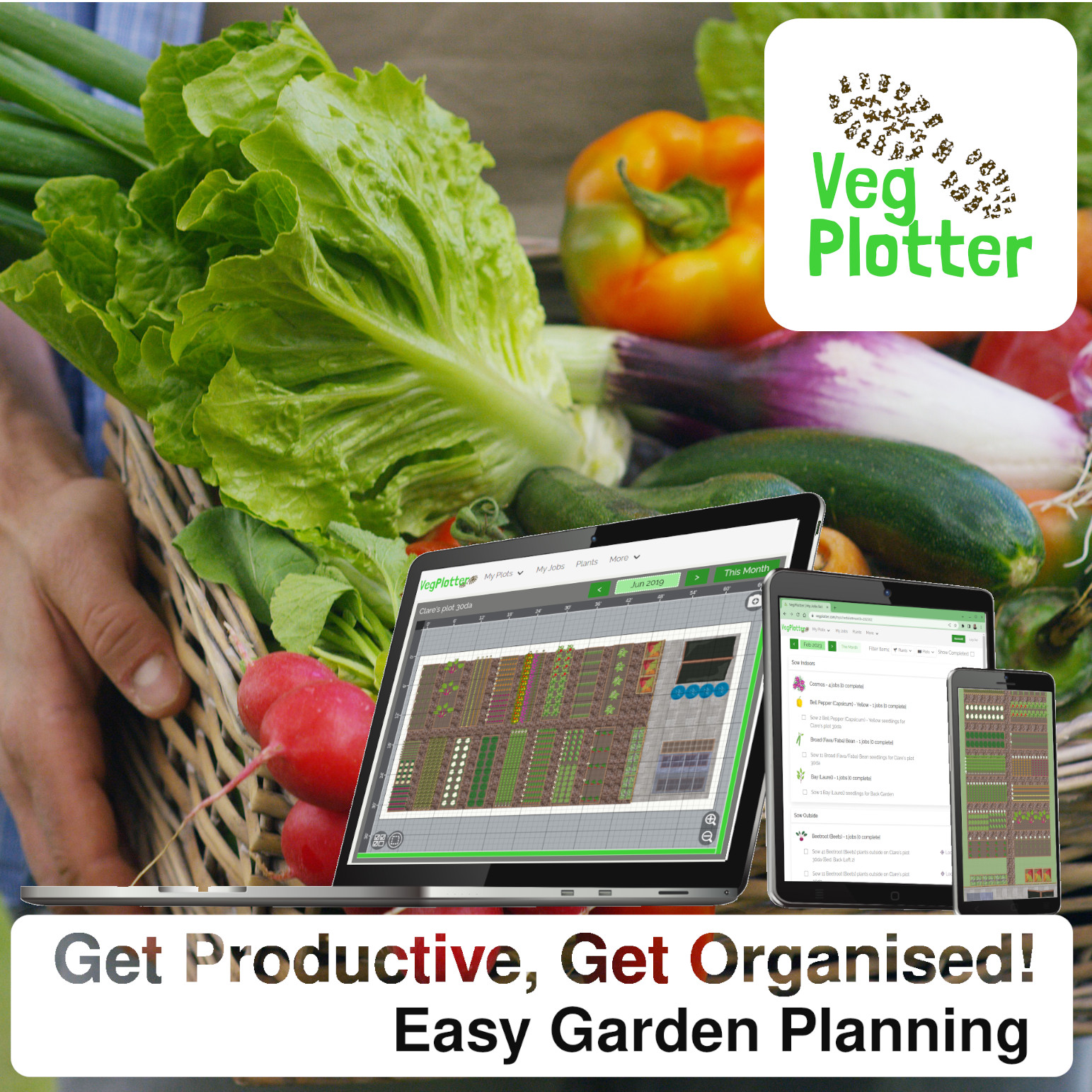Best Plant-and-Forget Crops for your vegetable garden

For busy gardeners, the idea of having a garden pre-planted with perennials that thrive with minimal attention is very appealing. Let’s explore some fantastic everlasting perennial plants that keep giving and require minimum maintenance.
Edible Crops to Sow Once
Asparagus

Asparagus requires careful management during its first three years. Start by sowing seeds in a pot, and once they become first-year "crowns," plant them in a permanent bed. Allow the crowns to grow without picking for the next two years, and cover the bed with manure and general fertilizer to promote healthy growth. After three years, you can pick your first spear, but only one from each plant. In year four, you can pick as many spears as you like and enjoy the harvest for the next 15-20 years. The long wait is definitely worth it.
Chives
Chives, belonging to the onion family, are not only visually appealing with their circular pompom flowers in early spring but also provide valuable vitamin C. Chop them into scrambled eggs, sandwiches, or salads for an added burst of flavor.
Fennel
Fennel is a majestic herb in any garden, boasting delicious feathery leaves and yellow flowers that attract birds and insects. Its seeds are widely used in Indian and European cooking. Be cautious as it can spread throughout your garden if allowed. You can pick fresh fennel and collect the seeds for winter use.
Fruit and Nut Trees
Once planted, fruit trees only require watering in their first year. Afterward, most fruit trees and shrubs will grow happily. Choose from apples, pears, plums, cherries, and other suitable varieties for your climate. Mulching in autumn using fallen leaves, manure, homemade compost, or wood ash will encourage fruiting. If you have a conservatory, consider growing lemons, limes, or oranges, which not only provide fruit but also fill the room with citrus flavors and beautiful flowers. These trees can also be grown in large pots indoors, providing autumn fruit.
Horseradish
Horseradish is a perennial herb grown for its spicy root, which is used to make Horseradish sauce. It features shiny dark green leaves and attractive white flower heads. While experts recommend not leaving it in the ground due to its spreading nature, you can dig it into the soil under a cherry tree. Alternatively, plant it in a deep pot to control its growth.
Potatoes
Most gardeners are aware that if you do not collect all the potatoes from a plant during harvesting, new potatoes may grow in the same spot the following year. To avoid potato diseases, it's best to move one of these new plants to a new location. Dig it up, move it, and then harvest when ready.
Rhubarb
Rhubarb is a fruit commonly cooked and accompanied by custard or used in crumbles. However, its bitter taste requires sweetening. It appears early in spring when little other fruit is available. Remember not to eat the leaves as they are toxic. Harvest the red stalks from early spring to the end of June, avoiding consumption afterward due to increased acidity.

Edible Flowers
Edible flowers not only add beauty to dishes but also enhance their flavor. Toss them into salads or use them as a garnish for cold summer lunch spreads. Some flowers, such as dandelions, arrive naturally. Pick the flowers at any time and make lemonade or wine. Elderflowers, available from May to June, can be used to make infusions by pouring boiling water over them. Elderflower lemonade is easy to make by placing a handful of flowers into a jug with citric acid and sugar to taste. Elderflowers can also be used to make fritters by dipping a whole flower head into batter and lightly frying it. Other edible flowers include Jasmine, Hibiscus, Marigold, Nasturtium, Rose, and Salsify. Additionally, you can eat the seeds from Sunflowers once they have fully formed. In autumn, you can pick rosehips when they turn red and make them into rosehip syrup or tea.

Semi-Permanent Shrubs
Fruit and herb bushes are categorized as semi-permanent shrubs, as they grow to similar heights and are edible. Most fruit bushes last at least three years, and even longer if you prune out old growth each year. Examples of these plants include rosemary, thyme, sage, redcurrants, blackcurrants, blackberries, and gooseberries. Strawberries also last for at least three years, and afterward, you can propagate new plants from the runners they produce. Either cover the runners with soil in a new position or root them into pots and plant them elsewhere.
Some Non-Edible Pretty Perennials
Here are some non-edible flowers that can brighten up your garden without requiring much care once planted. Try Alliums, Wallflowers, Carnations, Dahlias, Forget-me-nots, Hardy Geraniums, Irises, and Water lilies (if you have a pond). However, exercise caution when it comes to "edible" water lily bulbs, as native varieties in the UK are not edible. In the US and Asia, there are edible bulbs available, but it's essential to identify them correctly in the UK.
Plants that Self-Seed
These plants are known to go to seed and spread themselves throughout your garden if not weeded too much. Marigold petals add a glorious orange color to salads and are great for companion planting. You can dig up a plant and move it close to another to protect it. Fennel also spreads throughout the garden. Parsnips grow a tall stalk, and seeds form at the top. If the plants are organic, save the seeds. Salsify has unusual pink star-shaped flowers, and its thin, long root can be eaten similarly to parsnips, offering a unique, sweet flavor. Salsify has spectacular seed heads that spread throughout unweeded parts of your garden with longer grass.
Conclusion
You may have realized that many of the flowers in your garden are edible, allowing you to be less meticulous with weeding while still enjoying a bountiful harvest of fruit, herbs, and vegetables. Next week, as summer approaches, let's discuss what you can plant in June to further enhance your garden.



